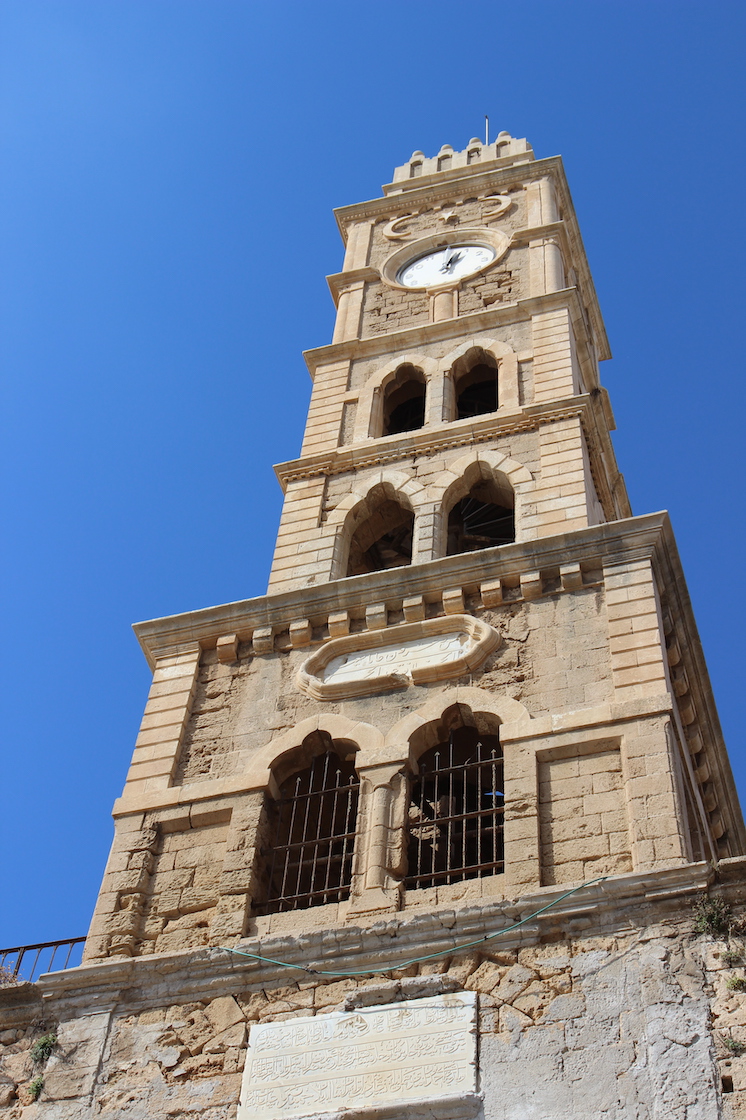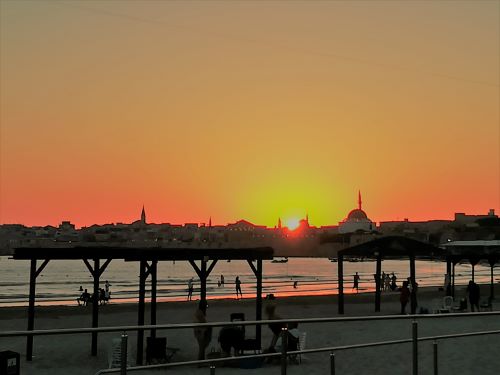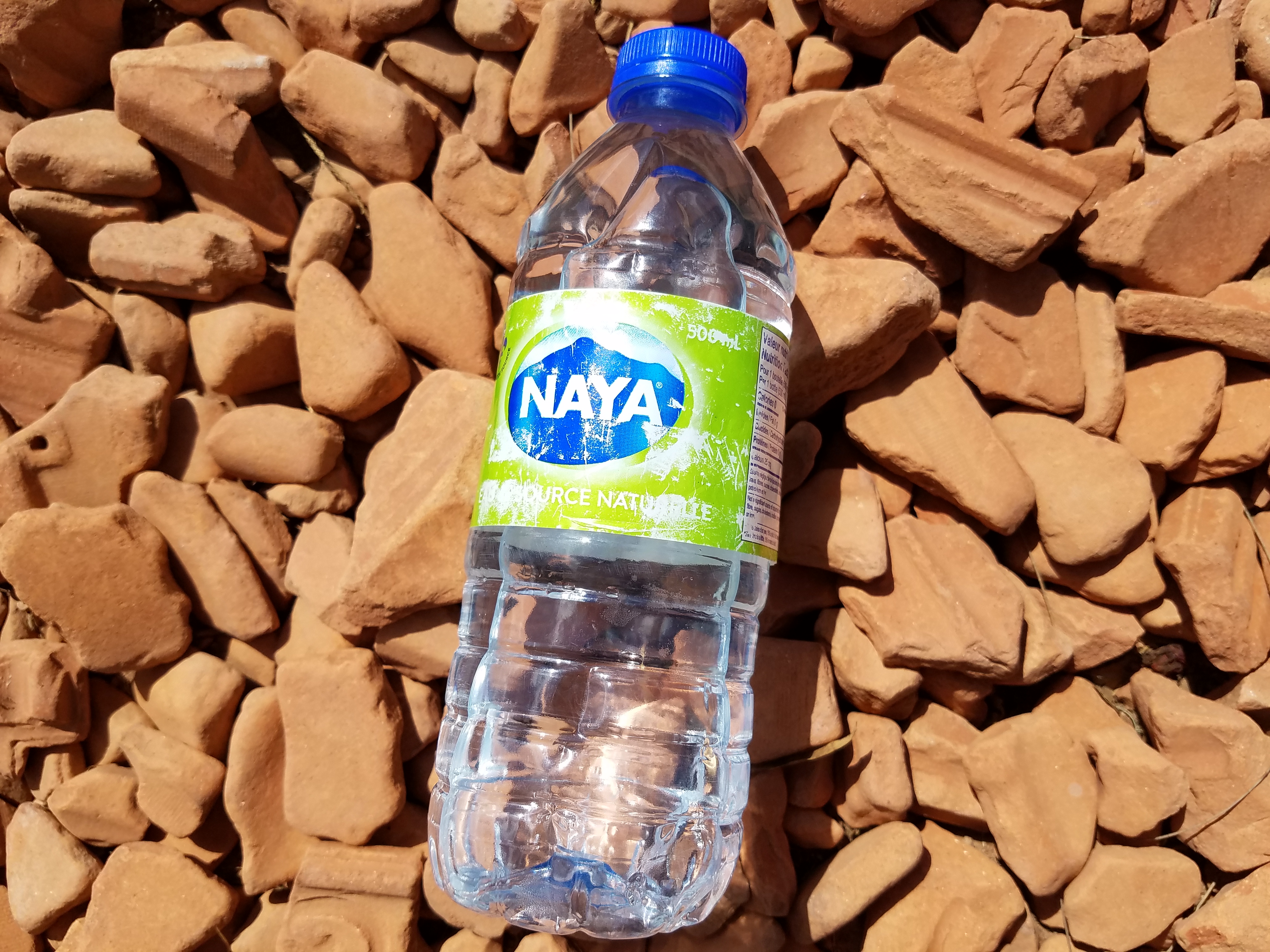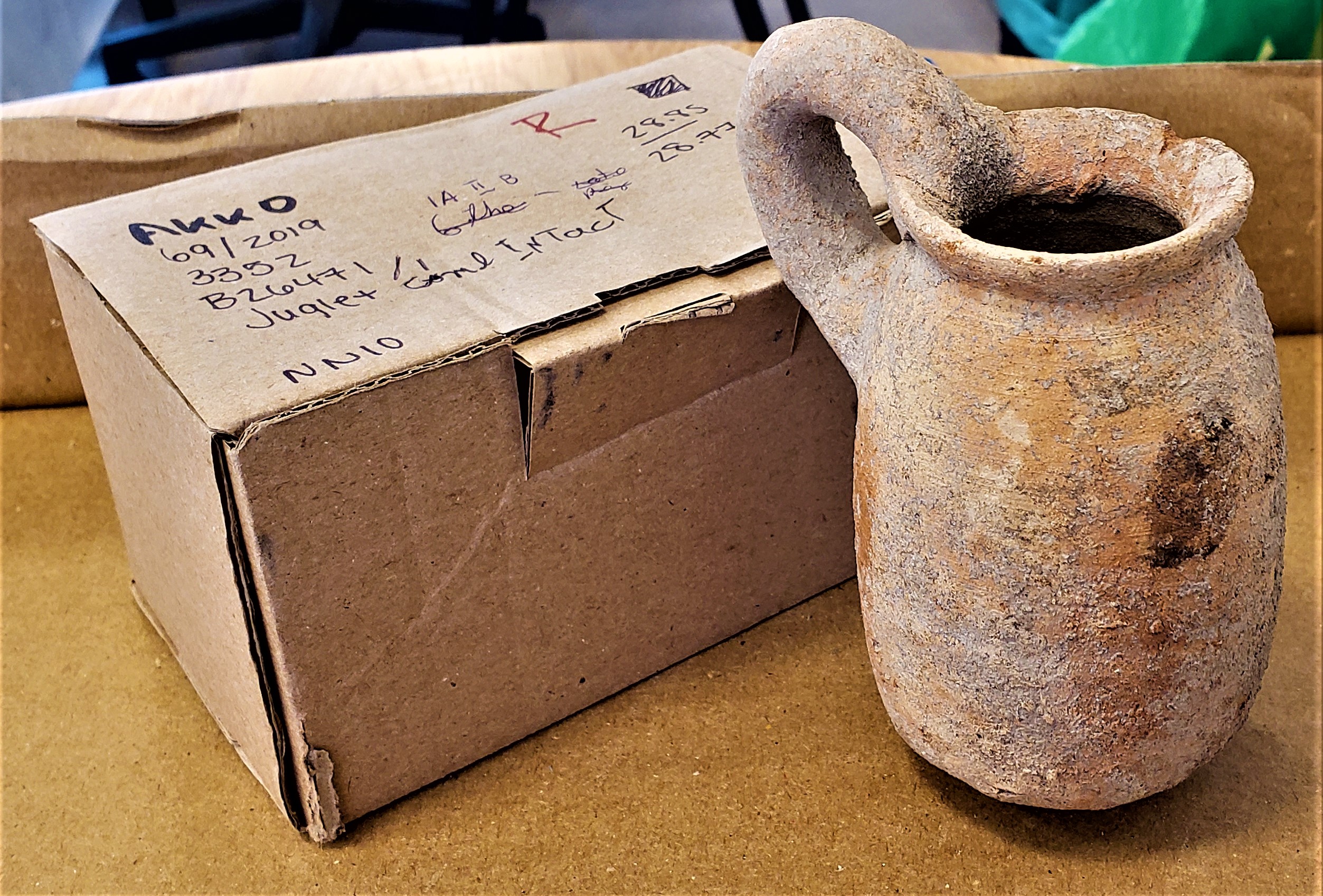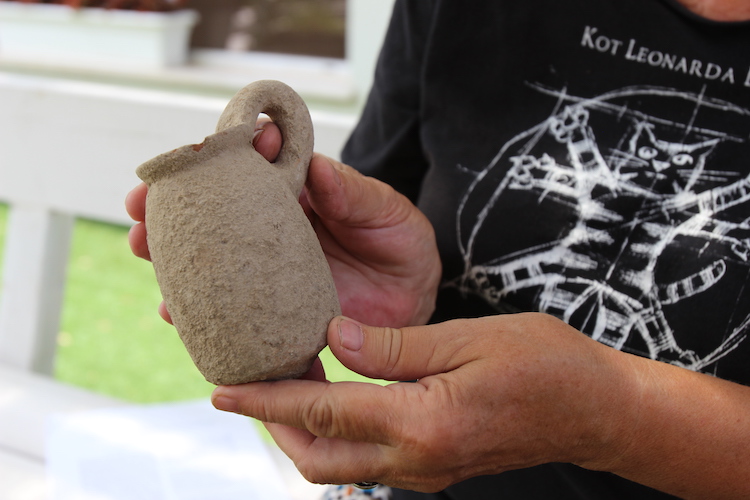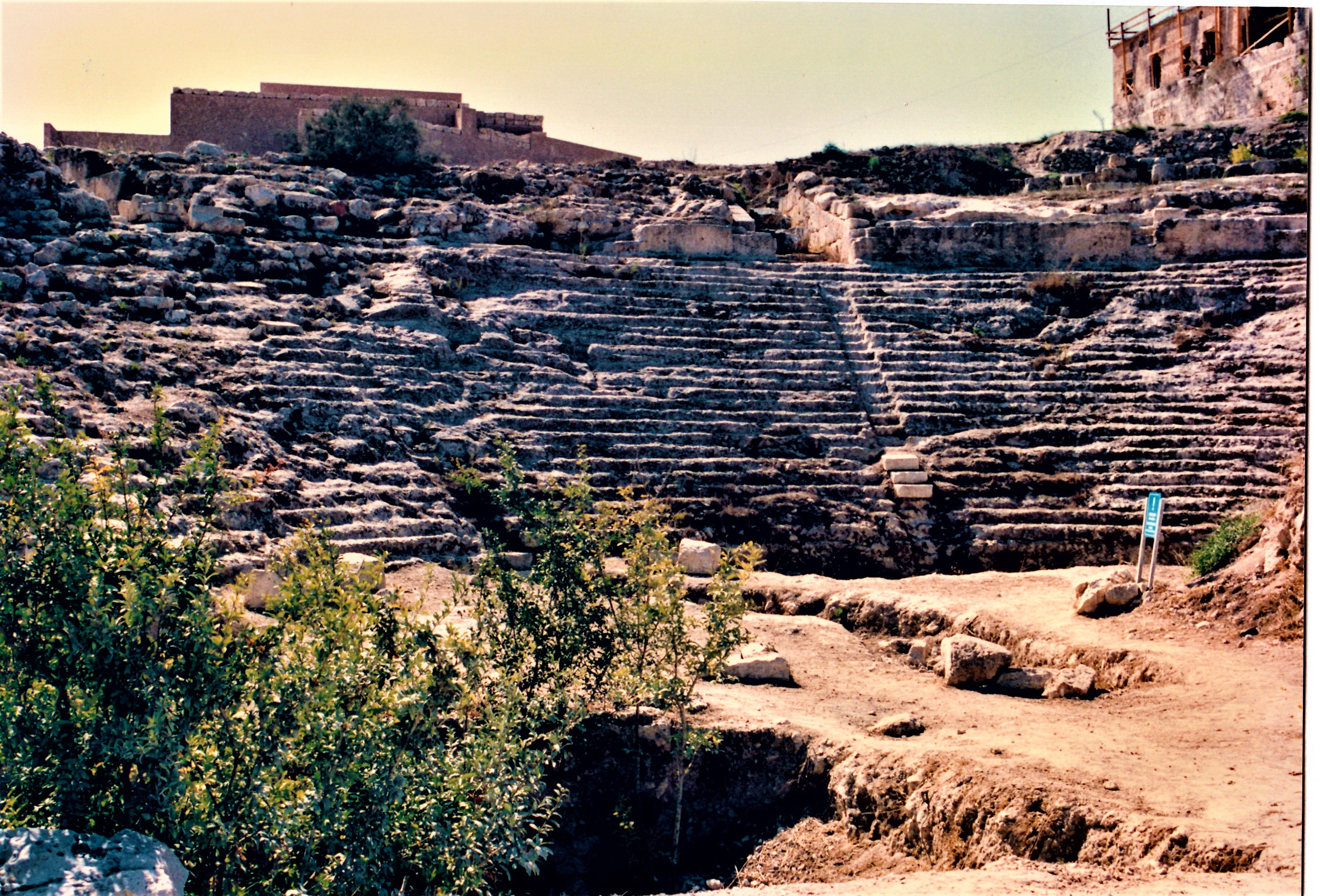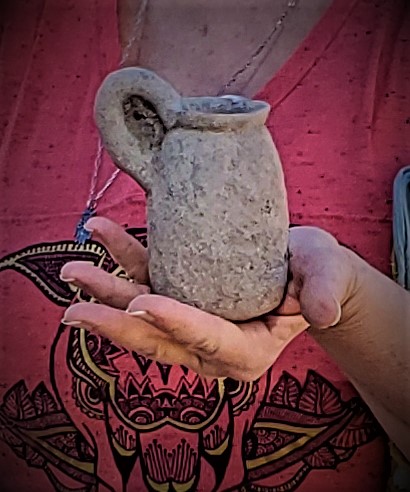Khan al-Umdan
Khan al-Umdan is one of four Khans in Akko, and was built by the Ottoman ruler, AhmedPasha al-Jezzar in 1784 on the place of the Royal Customs house of the Kingdom of Jerusalem. Due to the many columns, the khan was named Khan al-Umdan which means “Inn of the Columns” or “Caravanserai of Pillars”.It incorporates forty columns made of granite that were taken from Caesarea, Atlit and the ruins of Crusader monuments here in Akko.
Due to its proximity to the port, Khan al-Umdan has always been an important centre of trade. Merchants used the khan as a warehouse while the second floor was a hostel. Camel caravans once brought produce and grain from Galilean villages to the city’s markets and port. In the middle of the courtyard there was a pool made of Nazareth marble, and filled with water from the Kabri aqueduct.
The khan later gained importance to the Bahá’í Faith (as the Khán-i-‘Avámid) as it was the site where Baha’ullah used to receive guests, and later the site for a Bahá’í school.
In 1906 a clock tower was added next to the main entrance of the khan to celebrate the silver jubilee of the rule of Ottoman sultan Abd al-Hamid II.
In 2001 Khan al-Umdan, together with the rest of Acre’s old city, was designated as a world heritage site.In 2004 Khan al-Umdan was featured on a stamp of Israel worth 1.3 sheqels.Nowadays, the khan is a major tourist attraction open all hours of the day and used as an open-air stage during festivals in the city, such as the theater festival of Acre during the month of October.
In January of 2019, The Orchid Hotels chain won a tender from the Ministry of Tourism and the Old Acre and Nazareth Development Company to develop the site as a hotel. The hotel, which will cover an area of about 5,500 square meters with at least 50 rooms.
